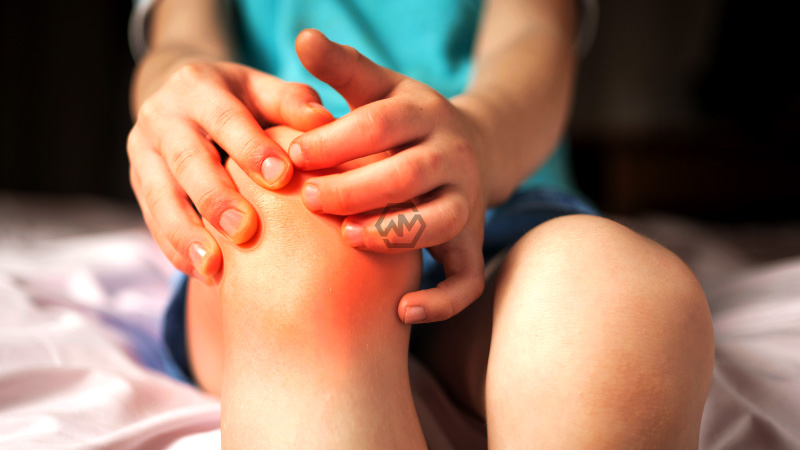- The most common kind of arthritis in children under 16 is called juvenile idiopathic arthritis.
- This autoimmune disease attacks its cells, causing joints to become stiff and inflammatory.
- The symptoms of the disease include fever, morning sickness, joint pain, and decreased joint mobility.
The most common kind of arthritis in children under 16 is called juvenile idiopathic arthritis (JIA). It is an autoimmune disease in which the body attacks its cells, causing joints to become stiff and inflammatory.
In addition to weakening growing children’s bones, juvenile arthritis can cause growth delays and weight gain if treatment is delayed.
Juvenile arthritis
The precise causes of juvenile inflammatory arthritis (JIA), a common condition affecting about 2,20,000 children in the US and India, are unknown. The symptoms of the disease include fever, morning sickness, joint pain, and decreased joint mobility.
Increased susceptibility has been associated with the HLA DR4 gene; viral or environmental exposure may also play a role. Three subgroups of JIA have been identified: oligoarticular, polyarticular, systemic onset, psoriatic, enthesitis-related, and undifferentiated.
A child with oligoarticular JIA may have symptoms in up to four large joints between the ages of two and four. Children of all ages are affected by polyarticular JIA, which affects five or more smaller joints.
The most challenging type of JIA to diagnose is systemic onset, which manifests as fatigue, fever, rashes, swollen glands, and stiff, aching joints.
JIA associated with arthritis affects joints where tendons and ligaments meet bones, which may result in inflammation of the eyes. Psoriatic JIA is characterized by scaly rashes and skin inflammation, and it frequently coexists with polyarthritis.
The diagnosis is difficult because the disease cannot be confirmed by a single test. There must be several blood tests, imaging studies, and ocular examinations. Though JIA cannot be prevented or cured, children can experience remission through a variety of medical and physical treatments if the condition is detected promptly.
Disease-modifying antirheumatic drugs (DMARDs) and biologicals that control the immune system are common medical treatments. Children with JIA should also engage in physical therapy activities like yoga, cycling, swimming, and bicycling.



